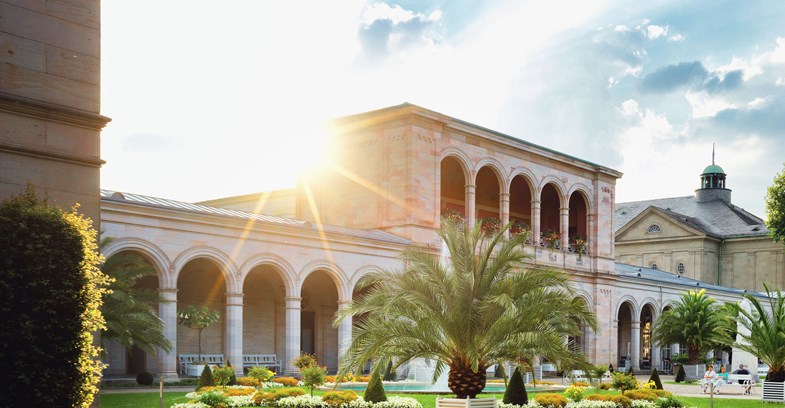Spa history
Roman origins
The Romans were already in Bad Ems. The Limes (border defences), a UNESCO World Heritage Site since 2005, is clearly visible in the woods. The oldest reconstructed watchtower on the entire Limes stands on the Wintersberg, and in Bad Ems itself, the town museum has some impressive finds on display. Whether the Romans used the thermal springs is not certain, but the town has early origins. The village of Ems, situated around St. Martin's Lutheran Church in the west of the present-day town area, originated as a Frankish settlement in the 6th century and was first mentioned in a document in 880. Agriculture and viticulture dominated working life until the village grew together with the up-and-coming spa town of Bad Ems in the 19th century.
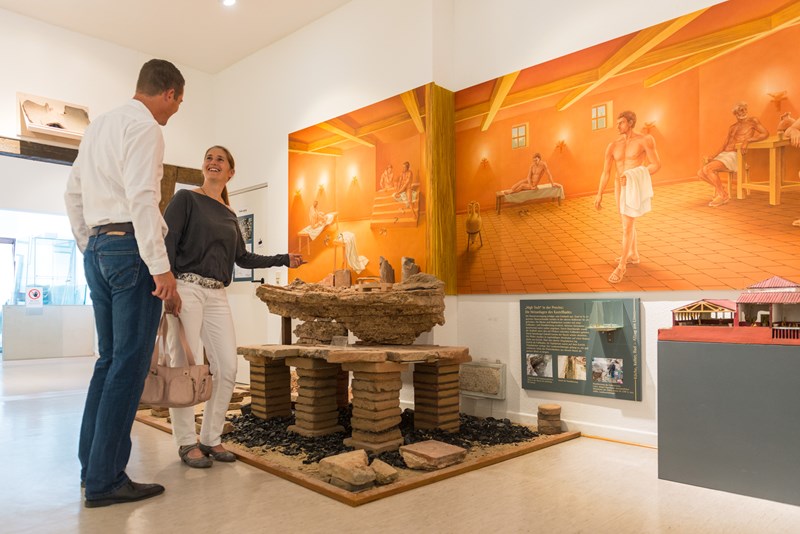
From the Wildbad to the Fürstenbad
As early as the 15th century, counts and electors, the highest dignitaries in the empire, visited the Ems spa. The Spa House, today Häcker's Grandhotel, stands partly on medieval foundations. Its eastern wing with the fountain hall, built around 1709 to 1725, is one of the oldest architectural witnesses to the spread of the drinking cure. Even then, in the Baroque period, Ems was one of the most famous spas in Germany. The House of Four Towers is also an impressive testament to the heyday of the time. There has been a licensed casino in Bad Ems since 1720, and it is probably the oldest in Germany. Princesses, princes and archbishops and (of course!) Goethe were among the prominent guests even before 1800.
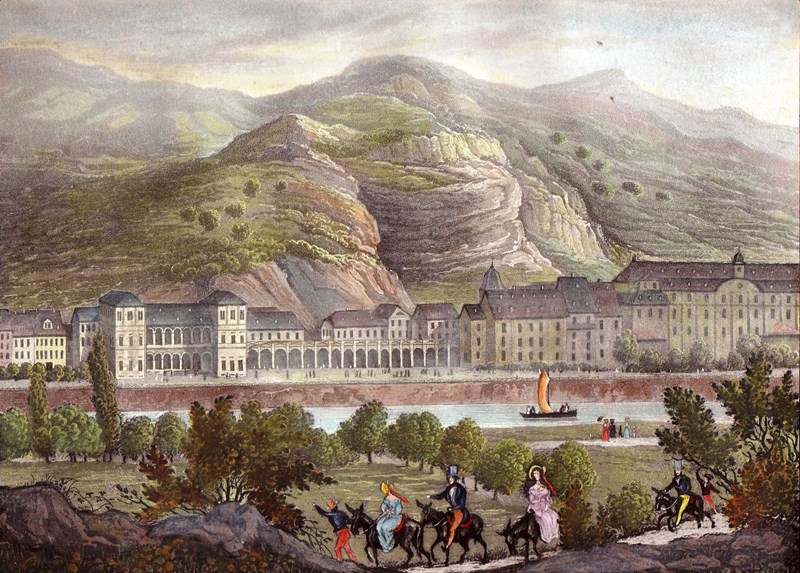
Imperial spa in the 19th century
The great rise of international fashionable baths came in the 19th century. Guests came mainly from France, Russia and England. Since 1858, the famous Ems pastille has been made from the salts of the healing springs. Like each of the "Great Spa Towns", Bad Ems was also a meeting place for celebrities from politics and culture. Kaiser Wilhelm I and Tsar Alexander II of Russia were regular guests. Europe's royal houses were represented by George IV of England and Oscar II of Norway to name but a few. The stars of the music world performed in the Marble Hall, including Jacques Offenbach, Clara Schumann and Jenny Lind. Composers, poets and aesthetes came together, and Bad Ems hosted Dostoyevsky, Gogol, Victor Hugo, Richard Wagner and many more.
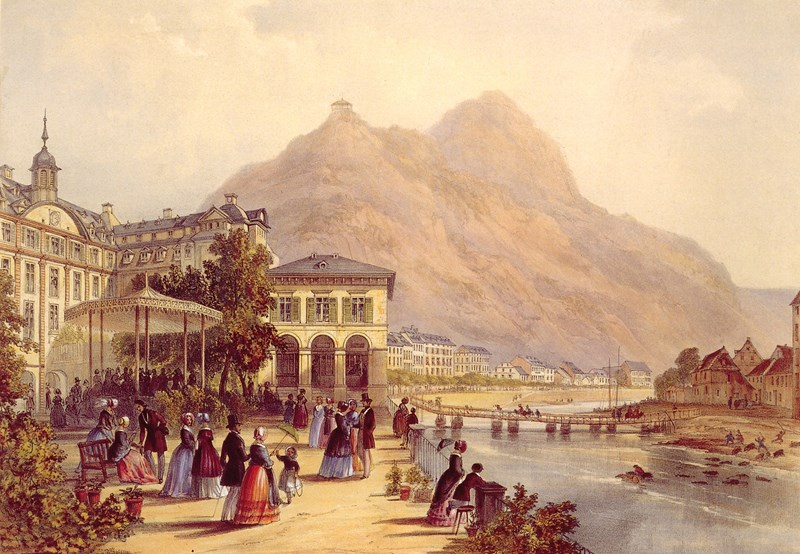
Politics at the spa
Bad Ems entered into the history books with the "Ems Dispatch". In the political power play over the founding of a German Empire and the balance of European powers, Prussian King Wilhelm I and French Ambassador Benedetti met on the spa promenade in Bad Ems on 13. July 1870. Bismarck's abbreviated account of events and the publication of the "Ems Dispatch" contributed to the outbreak of the Franco-German War, at the end of which the German Empire was founded. Bad Ems in particular is also an example of how the large spa towns were places of encounter, exchange and tolerance.
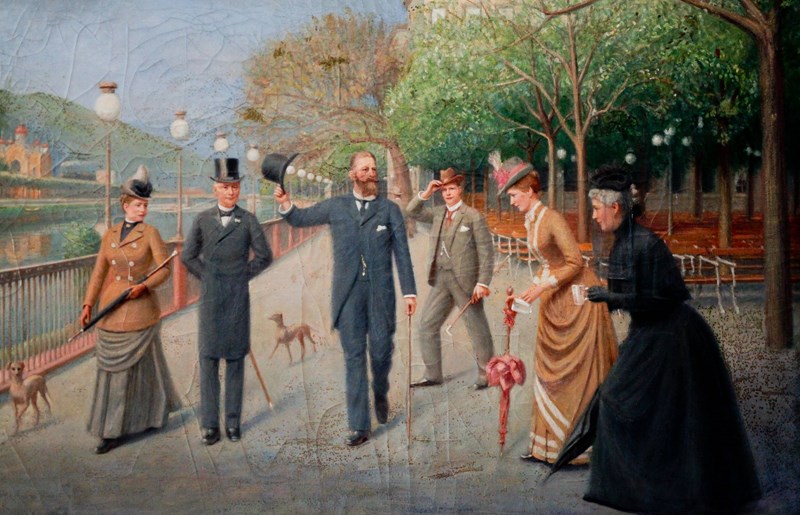
Highlights of architecture
The entire townscape is characterised by its history as a fashionable spa town. The actual spa buildings, such as the Baroque Bathhouse, the Kursaal Building, bathhouses and the Spring Tower, were built around the thermal springs. These were followed by hotels, lodging houses and villa quarters. The Russian Church bears witness to its international status. The whole ensemble is grouped around the spa gardens and the River Lahn, and is embedded in the picturesque landscape of the river valley. It has been developed with promenades, and walking paths to partly spectacular viewpoints.

